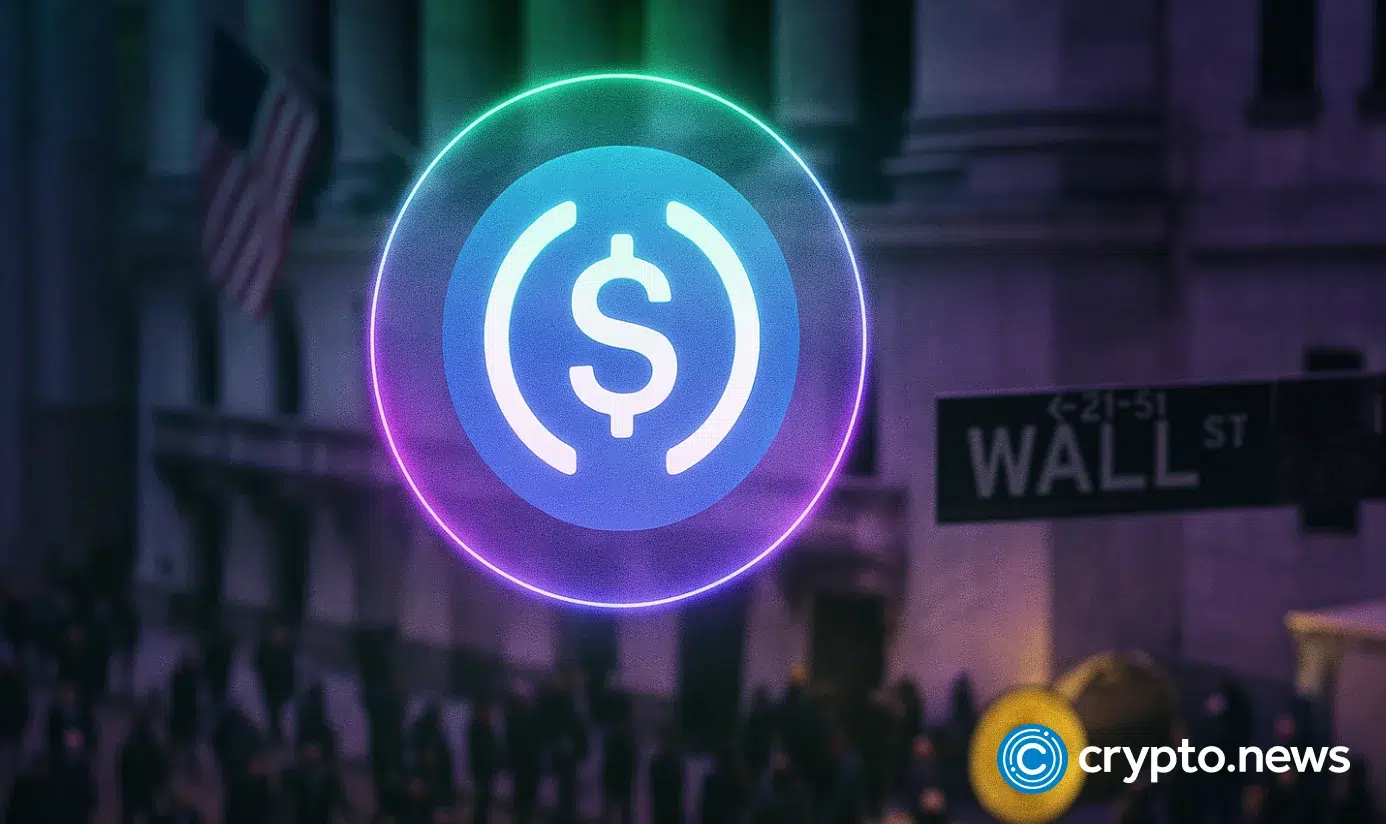Key takeaways:
Bitcoin miners sold $485 million worth of BTC during a 12-day period ending Aug. 23.
Despite miners selling, Bitcoin’s network hashrate and fundamentals remain resilient.
Bitcoin (BTC) reclaimed the $112,000 mark on Thursday, recovering from a six-week low hit just two days prior. Despite the bounce, traders remain uneasy as Bitcoin miners have been offloading coins at the fastest pace in nine months. The question is whether this signals the start of deeper trouble or if other factors are driving the recent outflows.
Miner wallets tracked by Glassnode show steady reductions between Aug. 11 and Aug. 23, with little sign of renewed accumulation since then. The last stretch of consistent withdrawals exceeding 500 BTC per day was back on Dec. 28, 2024, after Bitcoin repeatedly failed to hold above $97,000.
In the latest sell-off, miners unloaded 4,207 BTC, worth roughly $485 million, during the 12-day period ending Aug. 23. That compares with a previous accumulation phase between April and July, when miners added 6,675 BTC to their reserves. Miner balances now stand at 63,736 BTC, valued at more than $7.1 billion.
While these flows are relatively small compared with allocations from companies like MicroStrategy (MSTR) and Metaplanet (MTPLF), they tend to fuel market speculation and FUD. If miners are facing tighter cash flow, selling pressures could escalate unless profitability improves.
Over the past nine months, Bitcoin has gained 18%, but miner profitability has dropped by 10%, according to HashRateIndex data. Rising mining difficulty and weaker demand for onchain transactions have weighed on margins. The Bitcoin network continues to self-adjust to support an average block interval of 10 minutes, but profitability remains a concern.
The Bitcoin hashprice index currently stands at 54 PH/second, down from 59 PH/second a month ago. Even so, miners hardly have grounds to complain: the indicator has improved dramatically from levels seen back in March. According to NiceHash data, even Bitmain’s S19 XP rigs from late 2022 remain profitable at $0.09 per kWh.
Bitcoin miners face AI competition but remain resilient
Some investor disappointment stems from a growing shift toward artificial intelligence infrastructure. This narrative gained traction after TeraWulf (WULF) struck a $3.2 billion deal with Google in exchange for a 14% equity stake. The funds will be used to expand TeraWulf’s AI data center campus in New York, slated to launch operations in the second half of 2026.
Related: Bitcoin to hit $1.3M by 2035 as institutions drive demand–Bitwise
Other miners are following a similar pivot. Australian firm Iren, formerly known as Iris Energy, has accelerated the acquisition of Nvidia GPUs and is building a liquid-cooled AI data center in Texas, along with a new site in British Columbia that will hold as many as 20,000 GPUs. Meanwhile, Hive, previously Hive Blockchain, has committed $30 million to expand GPU-powered operations in Quebec.
Despite the buzz around AI, Bitcoin’s own fundamentals remain solid. Network hashrate is nearing an all-time high at 960 million TH/second, up 7% in the past three months. That strength counters fears about miners’ net outflows or the lack of profitability gains across the sector.
There’s no evidence that miners are under immediate stress to liquidate positions, and even if selling continues, inflows into corporate reserves are more than capable of countering the effect.
This article is for general information purposes and is not intended to be and should not be taken as legal or investment advice. The views, thoughts, and opinions expressed here are the author’s alone and do not necessarily reflect or represent the views and opinions of Cointelegraph.

 23 hours ago
1
23 hours ago
1
















 English (US) ·
English (US) ·